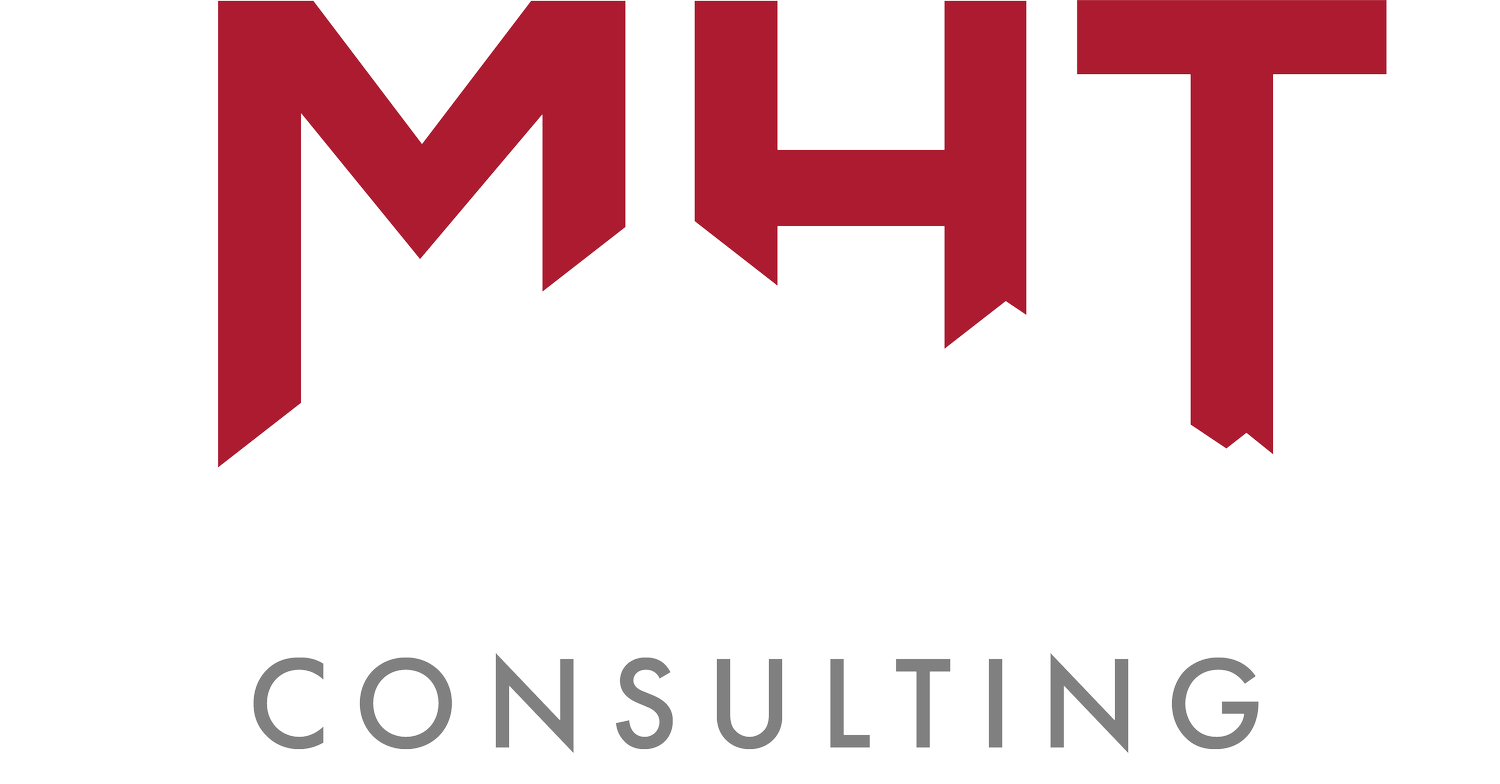AVO and Method 22
Most oil and gas sites already check their equipment regularly, but many don’t realize that AVO (Audio, Visual and Olfactory) inspections are a key part of leak detection and emissions compliance. These inspections help operators spot leaks in storage tanks, compressors and other equipment before they turn into bigger, more expensive problems.
Some sites are required to use optical gas imaging (OGI) cameras, but AVO inspections are often the first line of defense. But, if inspections aren’t documented properly, regulators don’t count them. That’s where facilities run into compliance trouble. OOOOb and some state regulations have some AVO requirements.
Then there’s Method 22 (Visible Emissions Observations), which is used to monitor emissions from flares, vents and stacks. Instead of relying on sensors or meters, trained personnel visually observe emissions to determine if a facility is staying within limits.
Unlike other emissions tests, Method 22 doesn’t require specialized equipment, just the right training. But like AVO inspections, if not done correctly (or the records aren’t solid), it can lead to fines and extra scrutiny.
What We See in the Field
With AVO inspections
Leaks from valves, seals and piping - Lost product, higher VOC emissions and extra equipment wear add up fast.
Missing or broken hatch covers - They seem minor, but they’re a major source of emissions.
Cracks or gaps in connections - Often overlooked, but they can be a steady source of fugitive emissions that add up over time.
With Method 22
Emissions lasting too long - If emissions are visible beyond the allowed time, it can lead to compliance issues.
Missed or inconsistent tracking - Some facilities don’t track emissions regularly, which can cause gaps in reporting.
Observers not trained properly - Method 22 is a simple test, but mistakes in identifying emissions or following the process can lead to inaccurate reports.
What’s Required and How to Stay Compliant
AVO and Method 22 are effective, but only when done correctly and consistently. Here’s what operators need to know:
For AVO Inspections
If AVO inspections are required, then they’re typically required monthly for storage vessels, compressors and other regulated equipment.
Must be properly documented, including findings, corrective actions and repair timelines
For Method 22
Requires trained personnel to observe visible emissions from stacks, vents and flares.
Observations are performed for a set time period (depending on the specific permit or regulatory requirements).
If emissions are visible too long, it must be reported and corrected.
How We Help
Proper documentation is just as important as the inspection itself, and that’s where many operations run into compliance issues.
We handle AVO and Method 22 inspections. If something is off, we flag it early so you can fix it before it turns into a bigger issue.
We make sure your team knows what to look for. We train your team to identify leaks, follow the proper procedures, and document findings accurately, whether it’s for AVO inspections or Method 22 visual observations.
We take care of the reporting. If the paperwork isn’t correct, the inspection might as well not have happened. We make sure your documentation stands up to regulatory review.
AVO and Method 22 FAQs
How do AVO inspections help with emissions compliance?
AVO inspections mean you meet the compliance requirements. They catch small leaks before they become big problems. By spotting issues early, you can fix them before they lead to compliance violations or product loss.
Can my own team perform AVO inspections?
Yes, but they need to be trained properly. Many facilities run into trouble because their inspections aren’t documented correctly or they miss key issues.
What’s the biggest mistake facilities make with AVO inspections?
Not taking them seriously. Many operators do these inspections casually without proper documentation, which can lead to problems when regulators ask for proof of compliance.
What should we do if we notice visible emissions during a Method 22 test?
If visible emissions are observed beyond the allowed timeframe, the issue should be reported and investigated immediately to determine the cause and corrective action.
Do AVO inspections count as an official Leak Detection and Repair (LDAR) method?
Yes, but it depends on your permit. Some facilities can use AVO as part of their LDAR program, while others must use instrument-based methods like optical gas imaging (OGI).
Who at our facility should be performing AVO inspections?
Operators, maintenance personnel, environmental staff or third-party providers usually handle AVO inspections. However, everyone working around equipment should be aware of what to look for and report potential issues.
How do I know if my facility is required to perform Method 22 observations?
It depends on your air permit and the type of emissions your facility produces.
How long do we need to keep AVO and Method 22 records?
Federal regulations often require at least two years of records, but some states have stricter requirements. Always check your permit or state rules, or ask us - we’re familiar with them all.
What happens if an inspector finds an issue during an AVO inspection?
Leaks or issues found during an AVO inspection should be documented and repaired quickly. Many regulations require facilities to fix leaks within a certain timeframe to remain compliant.
How long does an AVO inspection take?
It depends on facility size, but most take less than an hour. Inspection frequencies (daily, weekly or monthly) are dependent upon on your facility’s production.
Do I need special tools for Method 22?
No. Method 22 is a visual observation, but it does require trained personnel who understand the procedure and compliance requirements.
Need Help with AVO & Method 22?
Whether you need inspections, training or a second set of eyes on your documentation, we’re here to help.
